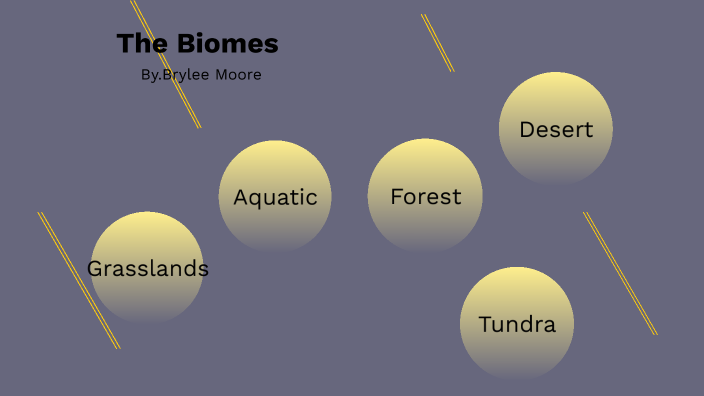Introduction to Bioma
In the rapidly evolving field of environmental science and ecology, the term bioma (or biome) represents a critical concept. Biomes are distinct ecological communities that are defined by their climate, vegetation, and wildlife. Understanding biomas is essential for environmental conservation, biodiversity studies, and climate change research. This article delves into the intricacies of biomas, exploring their types, characteristics, and the impact of human activities.
Defining Bioma: What is a Biome?
1. Definition and Characteristics
A biome is a large geographic biotic unit characterized by a specific climate, soil, and plant and animal life. These ecosystems are categorized into various types based on their dominant vegetation and climate conditions. The concept of biomas helps scientists and ecologists understand and classify the Earth’s diverse ecological regions.
2. Importance of Studying Biomas
Studying biomas is crucial for several reasons. They provide insight into the Earth’s biodiversity, help predict the effects of climate change on different ecosystems, and inform conservation strategies. Understanding biomas also aids in managing natural resources and protecting endangered species.
Types of Biomas
1. Forest Biomas
a. Tropical Rainforests
Tropical rainforests are characterized by high temperatures and high humidity throughout the year. These biomas are home to an incredible diversity of plant and animal species. Rainforests play a significant role in regulating the global climate and are vital for carbon sequestration.
b. Temperate Forests
Temperate forests experience four distinct seasons with moderate climate conditions. They are typically dominated by deciduous trees, which shed their leaves annually. These biomas support a variety of wildlife and are important for soil conservation and water regulation.
c. Boreal Forests
Boreal forests, or taiga, are found in northern regions with long, cold winters and short, warm summers. The dominant vegetation includes coniferous trees adapted to cold climates. Boreal forests are crucial for carbon storage and maintaining global temperature regulation.
2. Grassland Biomas
a. Savannas
Savannas are characterized by a mix of grasslands and scattered trees. They are typically found in regions with a wet and dry season. Savannas support a wide range of herbivores and predators and play a role in maintaining ecological balance.
b. Temperate Grasslands
Temperate grasslands, such as prairies and steppes, have moderate rainfall and are dominated by grasses. These biomas are important for agriculture and support a range of species adapted to open, grassy environments.
3. Desert Biomas
a. Hot Deserts
Hot deserts are characterized by extreme temperature variations between day and night, with very low rainfall. Vegetation is sparse, and wildlife has adapted to conserve water and withstand harsh conditions.
b. Cold Deserts
Cold deserts experience low precipitation and extreme temperature variations, often with cold winters. Vegetation is minimal, and animal life is adapted to survive in extreme conditions.
4. Aquatic Biomas
a. Freshwater Biomas
Freshwater biomas include lakes, rivers, and wetlands. These ecosystems support diverse aquatic life and are essential for providing freshwater resources. They play a crucial role in nutrient cycling and support a wide range of flora and fauna.
b. Marine Biomas
Marine biomas encompass the oceanic and coastal regions of the Earth. They include coral reefs, mangroves, and deep-sea ecosystems. Marine biomas are vital for global oxygen production, climate regulation, and support a significant portion of the world’s biodiversity.
Human Impact on Biomas
1. Deforestation and Habitat Loss
Deforestation and habitat loss are major threats to biomas, particularly tropical rainforests and temperate forests. These activities lead to loss of biodiversity, disruption of ecosystems, and contribute to climate change.
2. Climate Change
Climate change impacts biomas by altering temperature and precipitation patterns. This affects species distribution, plant growth, and the overall health of ecosystems. Biomas are shifting, and some may become uninhabitable for the species that currently live there.
3. Pollution and Environmental Degradation
Pollution from industrial activities, agriculture, and urbanization negatively affects biomas. Contaminants can degrade soil and water quality, harming plant and animal life. Addressing pollution is essential for preserving the health of biomas.
4. Conservation Efforts
Conservation efforts are crucial for protecting biomas from further degradation. This includes establishing protected areas, implementing sustainable practices, and supporting restoration projects. Effective conservation strategies help maintain biodiversity and ecosystem services.
The Future of Biomas
1. Restoration and Rehabilitation
Restoration and rehabilitation efforts aim to restore degraded biomas to their natural state. This includes reforestation projects, wetland restoration, and habitat restoration initiatives. These efforts are critical for reversing the damage caused by human activities and climate change.
2. Advancements in Technology
Advancements in technology provide new tools for monitoring and managing biomas. Remote sensing, geographic information systems (GIS), and environmental DNA (eDNA) are technologies that enhance our ability to study and protect biomas.
3. Global Collaboration
Global collaboration is essential for addressing the challenges facing biomas. International agreements, partnerships between governments, NGOs, and local communities, and cross-border conservation initiatives are vital for protecting and managing biomas effectively.
Conclusion
Understanding biomas is crucial for preserving the Earth’s ecological balance and ensuring the health of our planet’s diverse ecosystems. By studying biomas, we gain insights into the complex interactions between climate, vegetation, and wildlife. Addressing the threats facing biomas through conservation, restoration, and innovative technologies is essential for sustaining biodiversity and ecosystem services for future generations.

